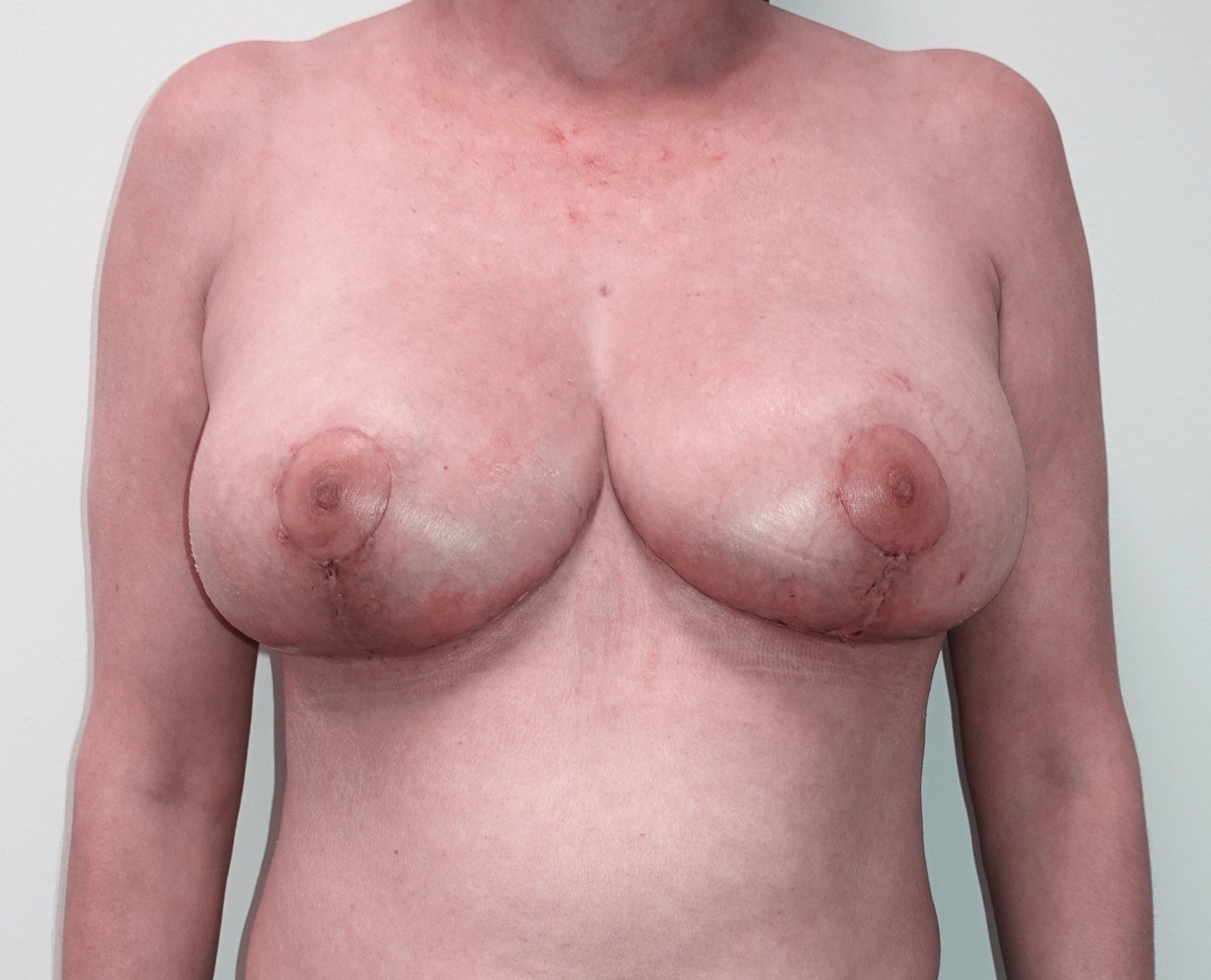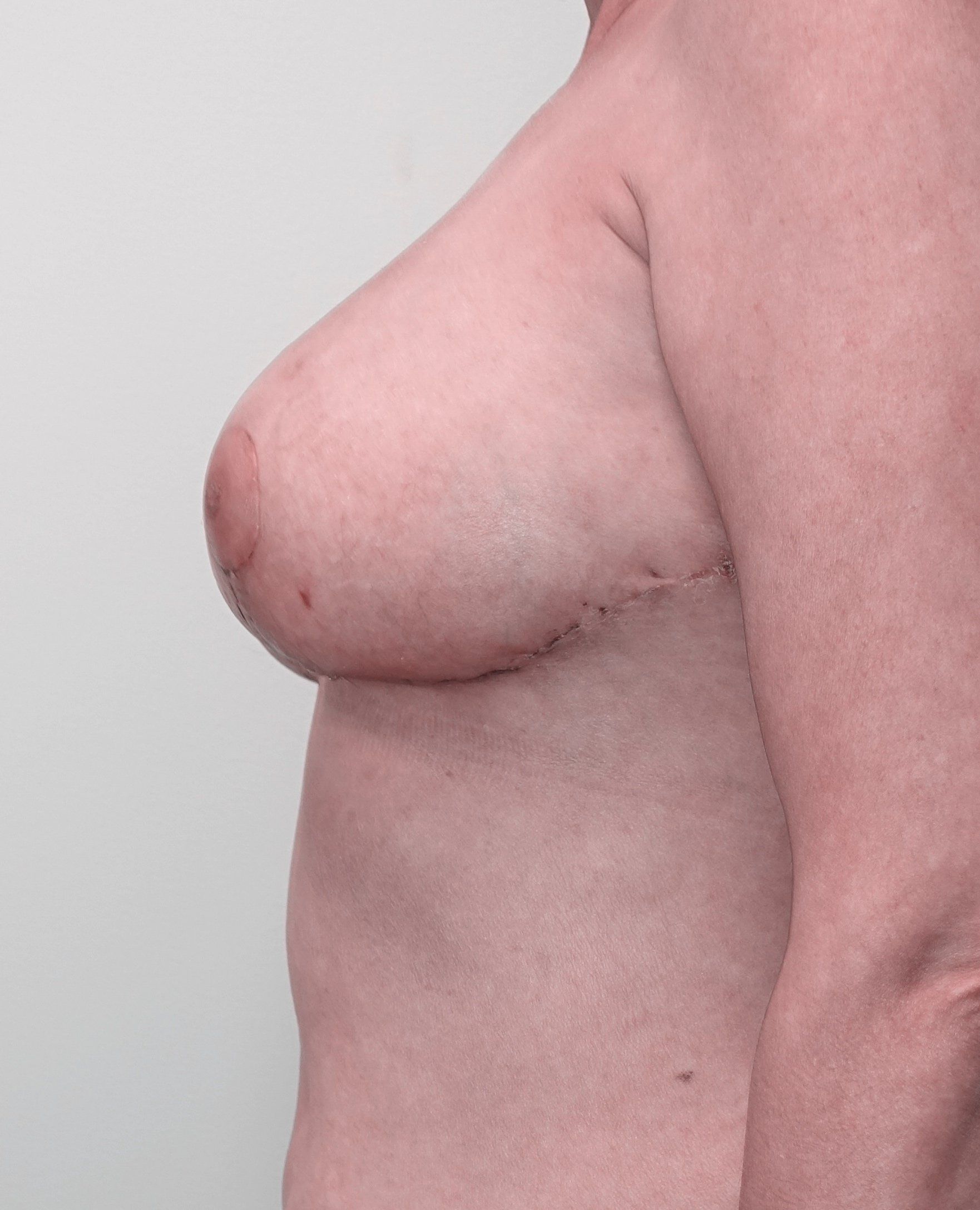BREAST REDUCTION
Breast Reduction
Breast reduction surgery is a functional surgery performed to reduce pain in the back, shoulders and neck that can be caused by the weight of the breasts. Heavy breasts are a real cause of pain, and surgery to reduce the size and weight of the breasts is rewarding and satisfying. Pain that is due to other causes, however, such as spine abnormalities or muscle/ligament strain, will likely remain.
More before and after photos
A breast reduction always involves both a reduction (decrease in breast volume) and a lift (improvement in shape, projection and nipple location). To accomplish this, both breast tissue and excess skin are removed, which results in a smaller breast and elevated nipple with a lifted appearance to the breast. The location and length of incisions depends on the size and shape of the current breasts. For very large breasts, the most common incision pattern is called a “wise pattern” incision, which is in the shape of an anchor. The scar goes around the nipple areola, straight down from the areola to the inferior breast fold and underneath the breast along the fold. More limited incision patterns are possible for smaller breasts.
BREAST REDUCTION Q&A:
Is there a limit to how small the breasts can be after surgery?
There is a limit to the breast size. This is because a certain amount of breast tissue needs to be left behind in order to maintain blood supply and preserve as much sensation to the nipple as possible.
Can I choose my postsurgical bra size?
While it is important to find out your current and desired bra size, this information is used as a guideline only. Some women prefer to remain on the larger side, while others would like to be as small as possible. This is essential information to know as a plastic surgeon. However, there is so much variety between bra sizes at retail stores that it is impossible to guarantee an exact postsurgical bra size.
Will insurance cover breast reduction surgery?
Breast reduction and lift surgery is considered cosmetic surgery at this office.
What is the recovery?
Most patients prefer to go home the same day of surgery, while others prefer to stay in the hospital overnight for one night. While walking around the house immediately after surgery is encouraged, strenuous activity and exercise are restricted for at least 4 weeks after surgery. Heavy lifting should be avoided during this time as well. You can and should perform shoulder rotation exercises to avoid stiffness a few times a day. Driving is restricted until you are no longer taking pain medication, have full range of motion in your arms and feel confident that you could respond quickly in an emergency. Return to work will depend on the activity level in your job.







